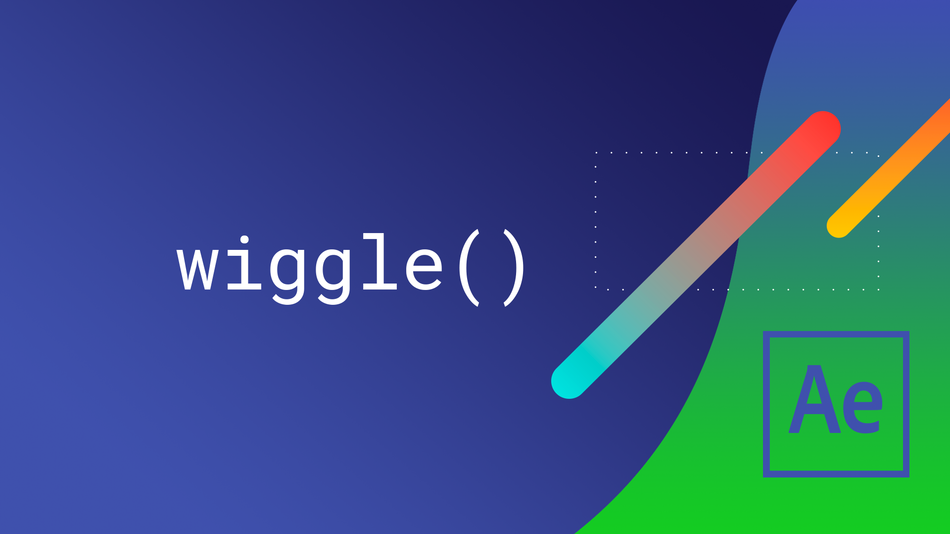



“Does not repeat the specified segment, but continues to animate a property based on the velocity at the first or last keyframe. “Repeats the specified segment, but offsets each cycle by the difference in the value of the property at the start and end of the segment, multiplied by the number of times the segment has looped.” Loop Out Continue: “Repeats the specified segment, alternating between forward and backward.” Loop Out Offset: (full disclosure, I’ve never used this one) “Repeats the specified segment.” Loop Out Ping Pong: There’s a couple of parameters that you can edit with it as well. It can be really handy for creating looping GIFs. Loop out is another simple expression that can be used to loop any set of keyframes. Loop Cycle script used for position of the light and square in the scene Now if you animate “FREQ “and “AMP” values on “Wiggle_Controller”, you can control the wiggle. Name one “FREQ” and one “AMP” Once you do that, you can paste the following code on the value you want to wiggle: Having X and Y variables can make it confusing). ** (Updating this as one user pointed out, this isn’t controlling the X and Y, but rather the Frequency and Amplitude. This will be what you keyframe to control the wiggle. Create a null or adjustment layer with the name “Wiggle_Controller”, and add two slider controls.

You can find slider controls in the effects panel. To control the wiggle, you need to use Slider Controls. The wiggle expression is pretty common, but not many people know how to control it. The wiggle expression is essential for creating dynamic animations like objects crashing or shaking over time. The expression will do the rest! You can also edit any of these values to get different results. In after effects, hold option down and select the stopwatch of any value you would like to add the expression to, then paste the expression in the text box. To use inertia bounce (or any expression), simply copy it below. Rotation and Position Animated with Inertia Bounce


 0 kommentar(er)
0 kommentar(er)
